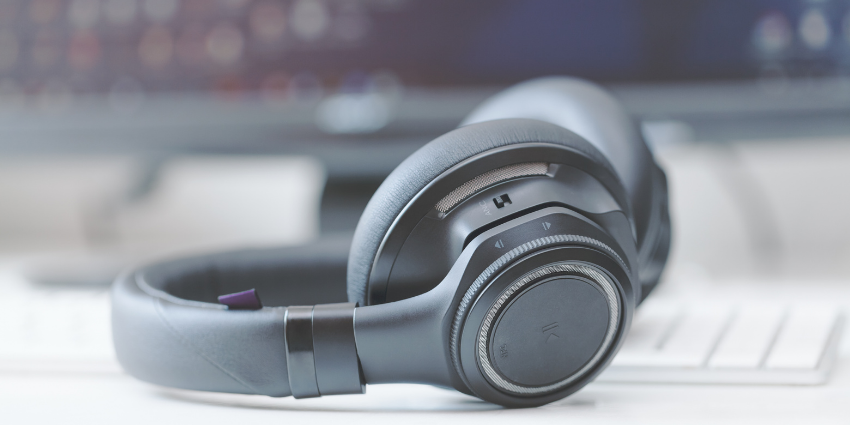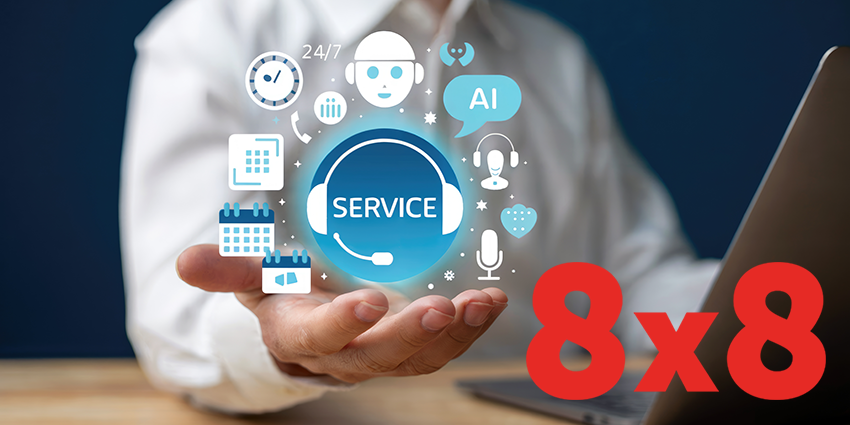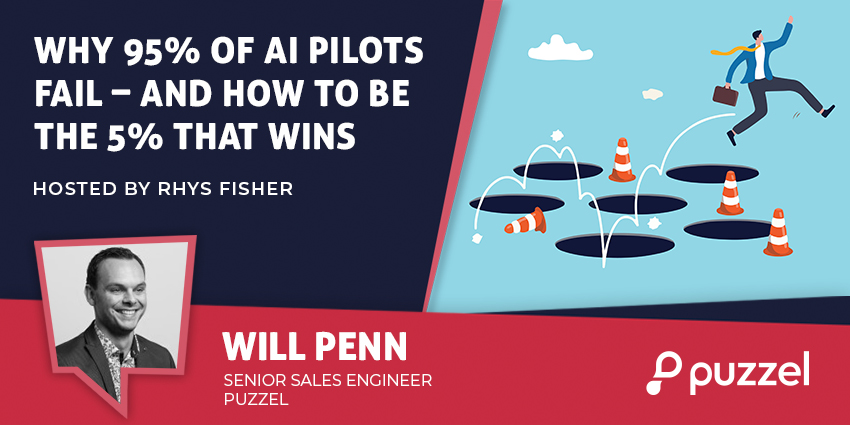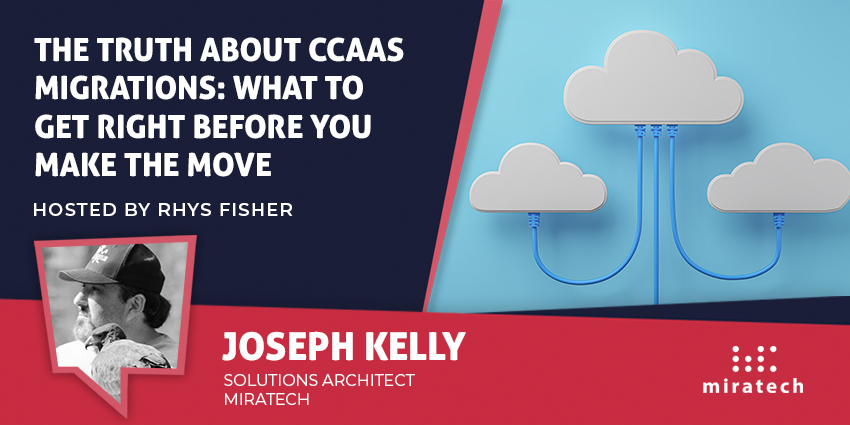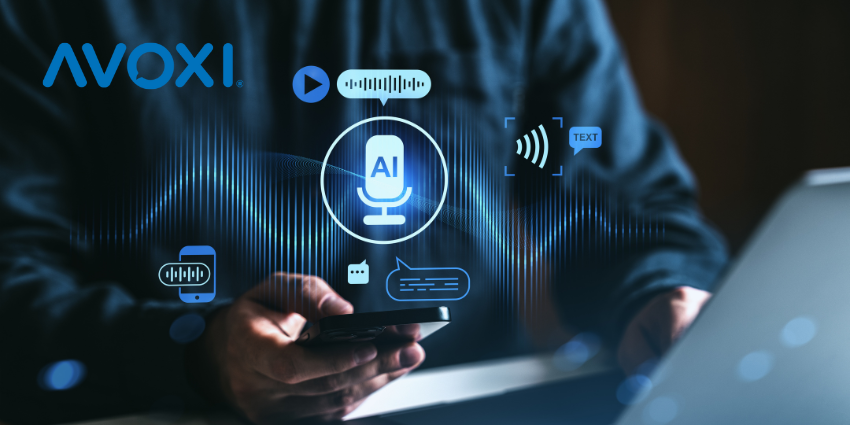Audio quality and the presence of “noise” is intrinsically linked with the quality of your customer experience (CX). According to research, 88% of contact centre customers want to feel like they’re having a private conversation with agents. Excessive background noise can deter 54% of customers from purchasing a product/service. So, it makes sense that contact centres will be eager to invest in noise cancellation technology, aiming to deliver the best CX possible.
However, there are several aspects to noise-cancelling headsets, and it is important to do your research before investing.
What Makes a Headset “Noise-Cancelling” in the First Place?
There are two reasons why a headset could qualify as noise-cancelling – it has a noise-cancelling microphone or, it has a noise-cancelling earpiece/headphone.
The latter is far more common, both in consumer and industry-grade devices. The physical design of the earpiece (cushioned earpads, the materials used) automatically filters out some of the ambient noise head across the contact centre floor. This is called passive noise cancellation, and it is best suited for irregular, high-frequency sounds like someone talking out of turn, machine sounds, etc.
Noise-cancelling headphones could also use active noise-cancellation or ANC technology to drown out – and filter out – ambient noise. It detects any incoming audio disturbances to generate a corresponding anti-noise signal that can counter it. ANC is suitable for regular, low frequency sounds like the hum of computers in a contact centre.
In the same noise-cancelling earpiece/headphone category you also have a newly emerging technology called ultra-broadband local active noise control that’s currently under research as of 2020.
Now let’s come to the noise-cancelling mic part of it.
Noise-cancellation in a headset’s microphone is specifically meant to benefit the caller/customer/person on the other end of the phone. It picks up the agent’s voice with sterling clarity without registering any background noise. Premium headsets could even have two mics with a little distance between them, one registering your voice and the other for the background noise. The headset’s algorithm, then, subtracts the former from the latter to eliminate the majority of background sounds before relaying the audio to the customer.
It is this last functionality – i.e., noise-cancelling mics – that makes the biggest difference to your CX.
Indirect CX Impacts and Further Considerations
The noise-cancelling earpiece part of it also has a significant impact on CX. In modern open office layouts, ambient sounds can be extremely distracting, but you don’t want to stop agent’s on break from speaking freely. Research suggests that 4 in 5 employees consider office noise to be distracting and 55% have complained about this at some point. Noise-cancelling headphones – even without a similar technology in mics – lead to a better agent experience, reducing stress, frustration, and health risks.
Satisfied agents are more likely to concentrate on the CX they deliver, meeting and exceeding your KPIs.
Given this outsized impact of noise-cancellation technology on CX, some companies have also started to use an additional AI layer that analyses voice and speech patterns to restrict background noise from being communicated. This could improve CSAT by as much as 8%, suggests initial trials.
